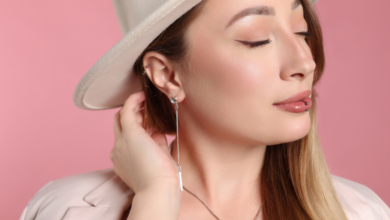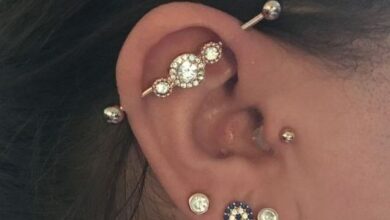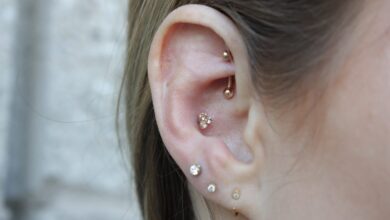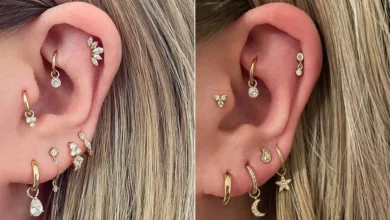
Have you ever considered re-piercing a body part but weren’t sure when or how to go about it? Look no further than Your Stylish.ae’s Guide to Re-Piercing. This informative article provides valuable insights and tips on when it is safe to re-pierce, as well as the best methods to ensure a comfortable and successful experience. Whether you’re looking to re-pierce an ear, nose, or any other body part, this guide has got you covered. So, get ready to enhance your style with confidence and make a statement with a new piercing!
Choosing to Re-Pierce
If you’re considering re-piercing, it’s important to take the time to evaluate whether it’s the right decision for you. Re-piercing can be a great way to revive a favorite piercing or try out a new style, but it’s not a decision to be taken lightly. Before you delve into the world of re-piercing, consider a few important factors.
Considering Re-Piercing
The first step in the re-piercing process is to consider your reasons for wanting to do so. Are you hoping to revitalize a piercing that has become dull or faded over time? Or are you interested in exploring new piercing options? Understanding your motivation for re-piercing will help guide your decision-making process.
Factors to Consider
Before jumping into re-piercing, there are a few factors you should take into consideration. First and foremost, think about your overall health. If you have any medical conditions or are taking medications that may affect the healing process, it’s important to consult with a healthcare professional before proceeding.
Additionally, think about the location of your new piercing. Will it complement your existing piercings, or will it clash with them? Consider the overall aesthetic you’re trying to achieve and how the new piercing will fit within that vision.
Consulting a Professional
Making an appointment with a professional piercer is essential when considering re-piercing. A reputable and experienced piercer will be able to address any concerns you may have, provide advice on suitable piercing options, and offer guidance on aftercare. They will also be able to assess the health of your previous piercing and determine if it’s suitable for re-piercing.
Preparation for Re-Piercing
Once you’ve made the decision to re-pierce, it’s important to properly prepare yourself and your body for the process. Taking the necessary steps ensures a successful and comfortable re-piercing experience.
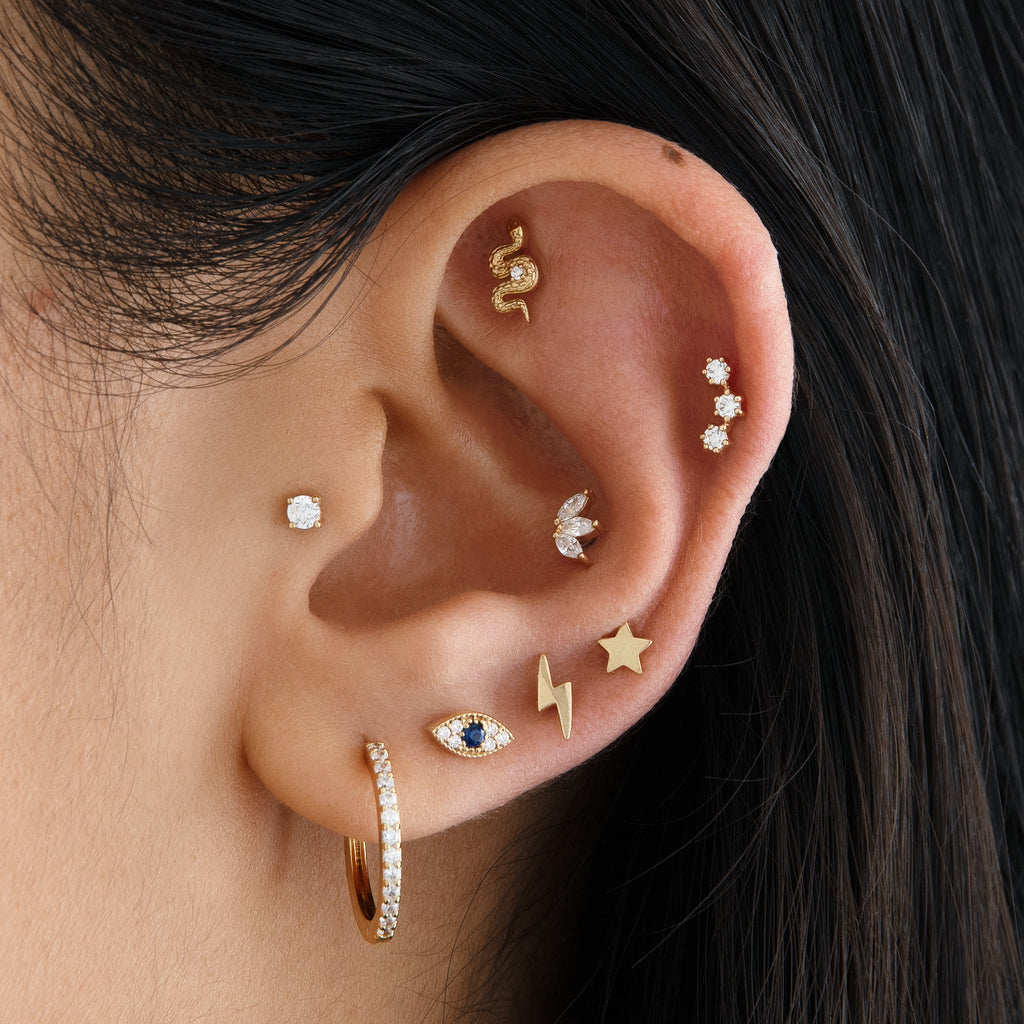
Taking Time to Heal
Before re-piercing, it’s crucial to allow your previous piercing to fully heal. This healing process can vary depending on the individual and the type of piercing, so be patient and give your body the time it needs to recover.
Choosing a New Piercing Spot
When re-piercing, you have the opportunity to select a new spot for your piercing. Take the time to carefully consider your options and choose a location that both complements your style and suits your desired aesthetic. Consult with your piercer to ensure the spot you choose is safe and appropriate for the type of piercing you want.
Timing for Re-Piercing
Timing is a crucial aspect of re-piercing, and it’s important to wait for your previous piercing to completely heal before proceeding.
Waiting for Complete Healing
Attempting to re-pierce a still-healing piercing can lead to complications and potential risks. To ensure a smooth and successful re-piercing, wait until your previous piercing is fully healed. This typically takes several months, but it’s essential to consult with your piercer to determine the appropriate timeline based on your specific circumstances.
Potential Risks of Re-Piercing
While re-piercing can be an exciting adventure, it’s important to understand and consider the potential risks involved. Re-piercing a previously pierced area can be more challenging due to scar tissue or damage from the initial piercing. Be prepared for the possibility of increased discomfort or a longer healing process.
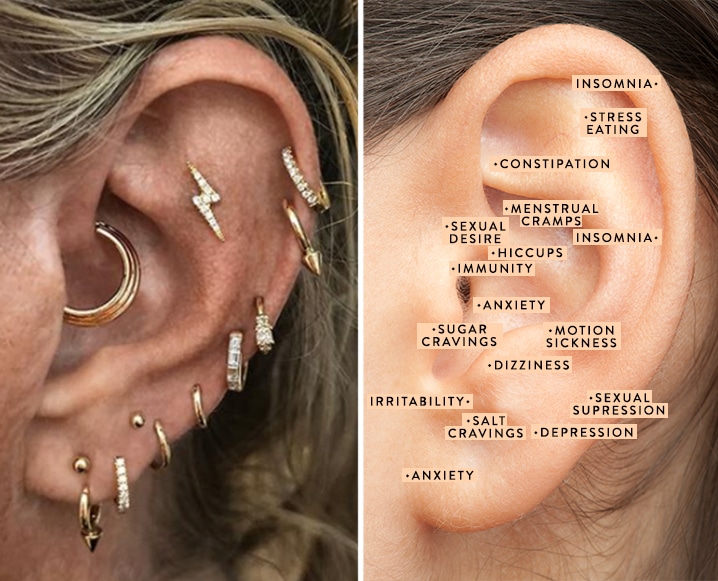
Finding the Right Piercer
Choosing the right piercer is pivotal in ensuring a safe and successful re-piercing experience. A skilled and reputable piercer will have the knowledge and expertise to guide you through the process and mitigate any potential risks.
Seeking Recommendations
Start by seeking recommendations from friends, family, or trusted individuals who have previously had positive experiences with a piercer. Personal recommendations can be invaluable in finding a piercer you can trust.
Researching Local Piercers
Once you have some recommendations, do some additional research to gather more information about local piercers. Look for online reviews, testimonials, and portfolios to get a sense of their professionalism and skill.
Evaluating Piercers’ Skills
When evaluating potential piercers, pay attention to their qualifications, certifications, and experience. A reputable piercer should be able to provide you with evidence of their training and should prioritize safety and cleanliness in their studio.
Communication with the Piercer
Clear and open communication with your chosen piercer is essential when re-piercing. By discussing your previous piercing experience, explaining your desired outcome, and understanding aftercare instructions, you can ensure a positive and successful re-piercing journey.
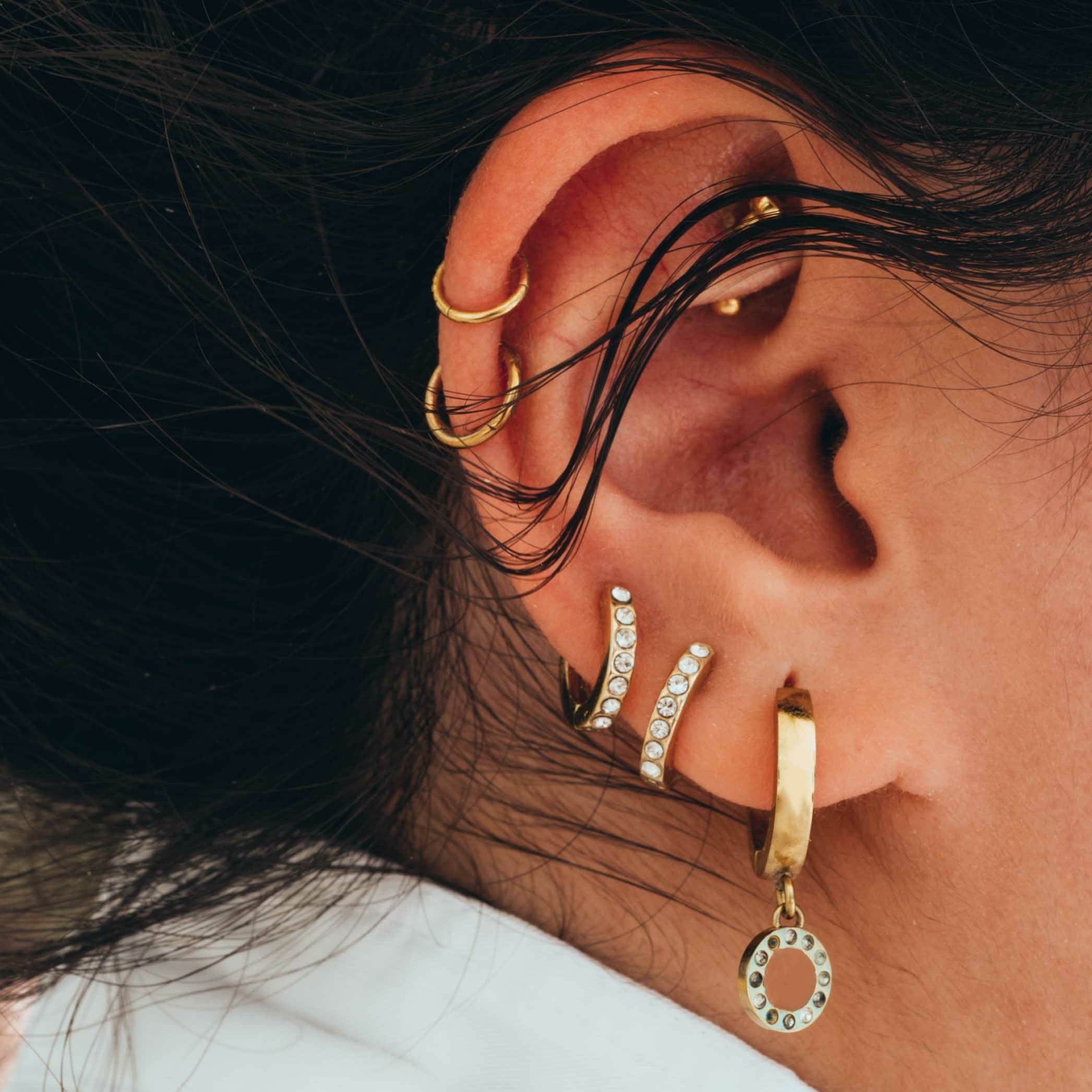
Discussing Previous Piercing Experience
When consulting with your piercer, be sure to discuss your previous piercing experience. Share any relevant information, such as how your previous piercing healed, any complications you encountered, or any changes you’d like to make to the placement or style.
Explaining Desired Outcome
Clearly communicate your desired outcome to your piercer. Provide them with images or descriptions of the style and placement you’re aiming for. This will help your piercer understand your vision and make appropriate recommendations.
Understanding Aftercare Instructions
Listen carefully to your piercer’s aftercare instructions and ask any clarifying questions you may have. Proper aftercare is essential for the healing process, so it’s crucial to understand and follow their guidance.
Pain and Discomfort
Re-piercing may involve some level of pain and discomfort, but there are steps you can take to minimize these sensations.
Managing Pain during Re-Piercing
To manage pain during re-piercing, your piercer may apply a local anesthetic or recommend over-the-counter pain relief options. Communicate your pain tolerance level with your piercer so they can take appropriate measures to ensure your comfort.

Dealing with Potential Discomfort
After re-piercing, you may experience some discomfort, swelling, or tenderness. This is normal and can be managed by following your piercer’s aftercare instructions, avoiding unnecessary touching or rotating of the jewelry, and applying a cold compress if needed.
Choosing the Right Jewelry
Selecting the right jewelry for your re-piercing is crucial for both the healing process and achieving your desired look.
Considering Different Materials
When choosing jewelry for your re-piercing, consider different materials. Opt for hypoallergenic options to minimize the risk of allergies or irritations. Titanium, surgical steel, and niobium are popular choices for their biocompatibility.
Selecting Suitable Jewelry Type
The type of jewelry you choose will depend on the location and style of your piercing. For re-piercing earlobes, studs or hoops in various sizes and designs can be great choices. For other areas, such as cartilage or belly button, consider options like barbells, captive bead rings, or horseshoe rings.

Aftercare and Healing
Proper aftercare is crucial for the healing of your re-piercing. Follow these guidelines to ensure a healthy and successful healing process.
Following Aftercare Instructions
Take the time to carefully follow the aftercare instructions provided by your piercer. This may include cleaning the piercing with a saline solution, avoiding swimming pools or hot tubs, and refraining from changing the jewelry too soon.
Recognizing Signs of Healing
Knowing the signs of healing is essential to monitor the progress of your re-piercing. Look for reduced swelling, minimal discharge, and decreased sensitivity. If you are unsure about the healing process, consult with your piercer.
Dealing with Potential Complications
While complications are rare, it’s important to be aware of the potential signs of infection or rejection. If you experience severe pain, excessive redness and swelling, or unusual discharge, contact your piercer immediately to seek professional advice.
Maintaining a Healthy Piercing
Once your re-piercing has healed, it’s important to continue maintaining and caring for it to ensure its longevity.
Cleaning Your Piercing
Regular cleaning is essential to keep your re-piercing healthy and free from infection. Use a saline solution or a gentle, fragrance-free cleanser recommended by your piercer to clean the area.
Avoiding Unnecessary Touching or Rotating
It’s crucial to avoid unnecessary touching or rotating of your jewelry. This can introduce bacteria or cause irritation. Only touch your piercing when necessary, such as during cleaning or jewelry changes.
Knowing When to Downsize Jewelry
As your re-piercing heals, you may need to downsize your jewelry to ensure a comfortable fit. Visit your piercer for a check-up, and they will guide you on when it’s appropriate to downsize.
Caring for Re-Pierced Ears
Re-pierced earlobes require special care to maintain their health and appearance.
Cleaning and Treating the Earlobes
Clean your earlobes gently with a mild cleanser, avoiding any harsh chemicals or rubbing. Apply a small amount of fragrance-free ointment or moisturizer to prevent drying or cracking.
Taking Precautions with Sensitive Ears
If you have sensitive ears, take extra precautions when re-piercing. Avoid nickel-based jewelry and opt for hypoallergenic materials. Be mindful of any signs of irritation and consult with your piercer if necessary.
Re-piercing is an exciting opportunity to reinvent your style and rediscover the joy of body jewelry. By taking the time to evaluate your motivations, consulting with a professional, and following proper aftercare, you can ensure a safe and successful re-piercing experience. Remember to choose a reputable piercer, communicate openly with them, and stay diligent in caring for your re-piercing. With the right approach, your re-piercing journey will be one filled with style and satisfaction!
First-Time Piercing: Tips And Tricks For A Smooth Experience(Opens in a new browser tab)
The 16 Types of Ear Piercings: Choosing Based on Pain and Placement(Opens in a new browser tab)
Tragus, Rook, And Helix: Decoding Ear Piercing Names(Opens in a new browser tab)
Stylish.ae’s Ultimate Guide To Ear Piercings: From Lobe To Cartilage(Opens in a new browser tab)

